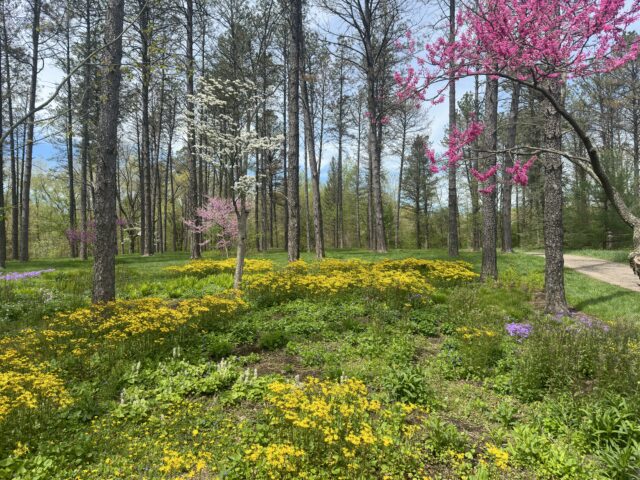Mushroom Identification: Results from the Holden Forests & Gardens Mushroom Month Foray!
January 14, 2022

By Claudia Bashian-Victoroff
Relative to plants and animals, identifying fungi presents unique challenges. First, the kingdom fungi is extremely species rich. While nearly 100,000 species of fungi have been discovered by science, estimates of the total number of existing species range up to 5.1 million! Second, fungi can look very different at different stages of development. Third, and perhaps most importantly, very subtle and often microscopic traits can determine the difference between fungal species.

Accurate species identification is important across industries from the science and the culinary world to hobbyists and amateur mycologists. From an ecological perspective, knowing the correct identification of a fungus tells us if it might be functioning as a plant pathogen, or a mutualistic symbiont. From a culinary perspective, knowing the correct identification of a fungus could be the difference between a delightful meal and a trip to the hospital! Both amateur and professional mycologists use a range of information to identify fungi.
- Species range and habitat: Different species of fungi grow in different parts of the world and on different substrates (growing media). Whether a fungus is growing on a tree, a rotting log, on manure, or in soil can be an important piece of information to determine its ecology and identity. Even the species of tree that a fungus is growing near can be helpful in making an identification! Fungi tend to be a bit more globalized relative to plants and animals because their spores offer very efficient transportation, but there are some important differences in which mushrooms are common in different parts of the world. For example, straw mushrooms (Volvariella volvacea) are common in east Asian cuisine. While immature, they resemble the poisonous death cap mushroom (Amanita phalloides). The native ranges of these two species do not often overlap, but misidentification can be extremely dangerous.
- Macro morphological traits: This refers to the traits of a fungus that you can see with the naked eye or can observe without the help of a microscope. For example, the color of a mushroom, whether it has gills or pores beneath the cap, the presence and orientation of its stem, and the color of the spores that it produces are some of the many important macro morphological traits that mycologists can use to identify mushrooms!
- Microscopic traits: One of my favorite things to do as a mycologist is to observe microscopic fungal structures under a microscope! The shape and size of fungal spores can be extremely helpful to distinguish between species if the difference between macro morphological traits is unclear. Between the gills, or within the pores of a mushroom, interesting structures can provide additional information that cannot be observed with the naked eye!
- DNA sequencing: Most common fungi can be identified by their micro and macro morphological traits, but DNA sequencing is standard if a scientist hopes to publish a species list or to describe a new species. Since the rise of DNA work to identify fungi, huge discoveries have been made about fungal evolution and phylogenetics!
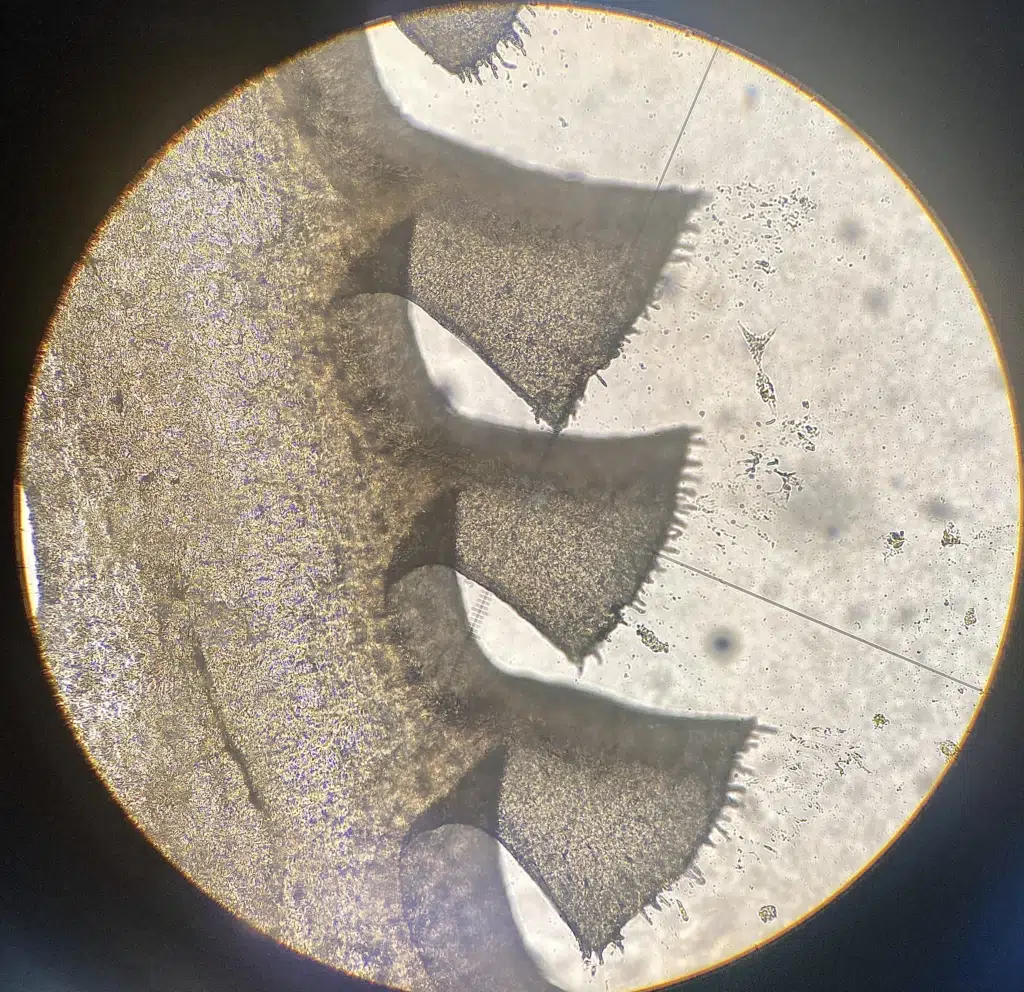
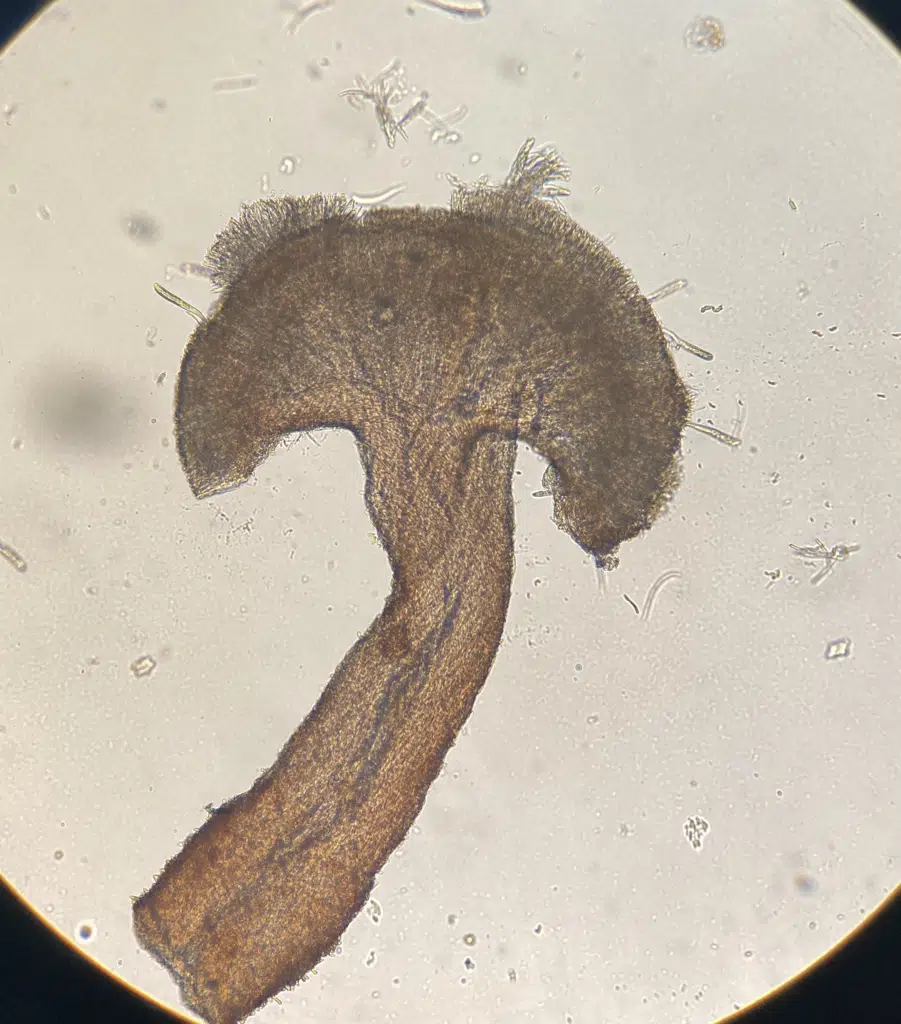
This past fall Holden Forests & Gardens hosted our annual mushroom month! Amongst other fun activities I was lucky to lead a mushroom foray! During our foray, participants collected mushrooms and other fungi in the Bole Woods Natural area. We discussed fungal ecology and identification. At the end of our time together participants tried to identify their collections using picture keys and field guides. Over the holiday season I decided to revisit some of the collected fungi, which I had preserved in a freezer in my laboratory at Holden’s Long Science Center. I made microscope slides from the collected fungi to examine their spores, and I prepared DNA from the fungal tissue for sequencing. As a mycologist I used DNA to confirm my initial, morphologically based identifications. I confirmed the identities of 25 fungal species across 18 genera based on their DNA sequences. This is only a very small portion of all the species of fungi that exist in the Bole Woods Natural area, but collections such as our Mushroom Month foray provide important information about fungal diversity that Holden scientists can look back to in the future for comparison.

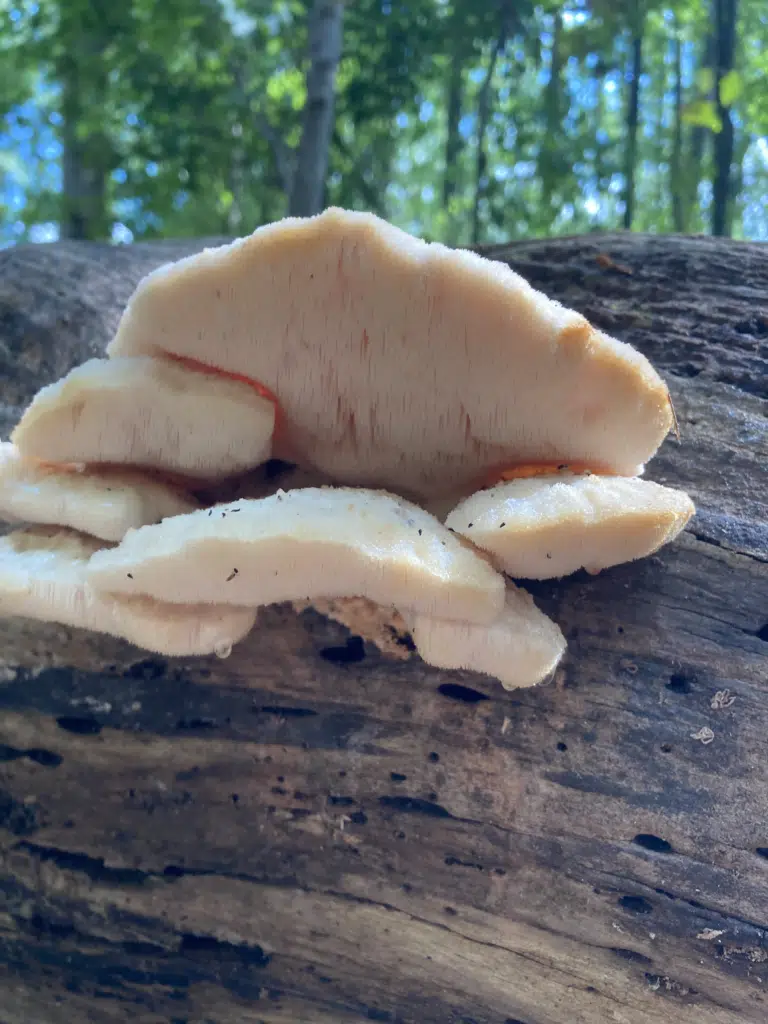
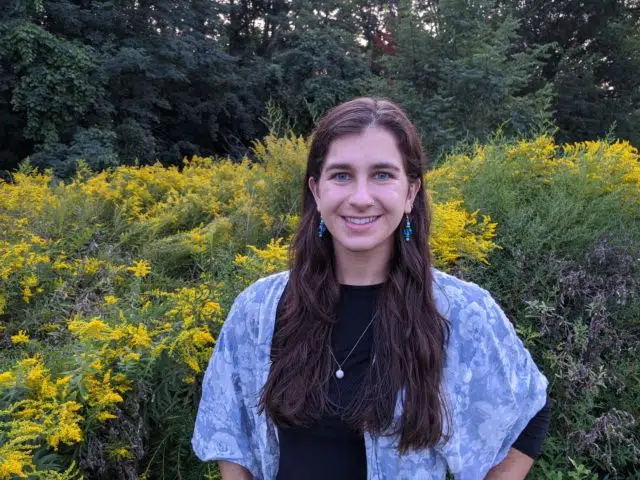
Claudia Bashian-Victoroff, MS
Research Specialist
I am a fungal ecologist focused on connections between soil fungi and tree health. My research couples field collections with modern molecular identification methods to investigate ectomycorrhizal species diversity and function. As a research specialist in Dr. David Burke’s lab at the Holden Arboretum, I support research on soil ecology and forest pathology. Currently, I focus on the role of soil fungi in urban canopy restoration in Cleveland, OH. Trees growing in urbanized environments are subject to pressures such as habitat fragmentation, exposure to heavy metals, and soil compaction. Mycorrhizal fungi can enhance plant growth, disease resistance, and drought tolerance; therefore, it is necessary that we establish a better understanding of how these fungi might improve outcomes of urban restoration efforts. Beyond this, I enjoy discussing the importance of fungal research and conservation with diverse audiences through teaching, writing, and mentorship.




